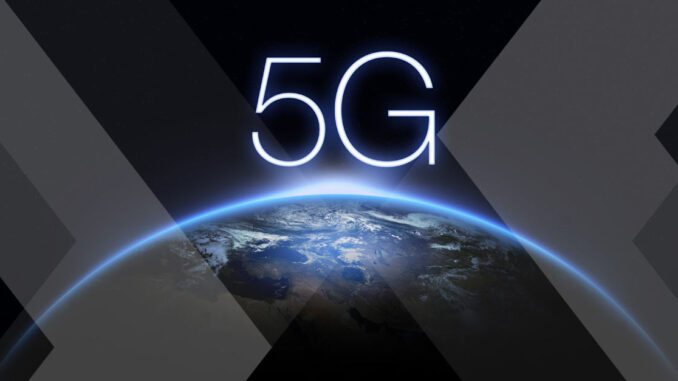
5G technology represents a significant evolution in wireless communication, promising faster data speeds, lower latency, and improved connectivity for a wide variety of applications, from consumer mobile services to industrial IoT (Internet of Things) and smart city infrastructure.
As the deployment and integration of 5G networks continue to expand globally, the importance of interoperability and standardization becomes increasingly critical. Here are several key points highlighting the importance of these factors in 5G technology:






### 1. **Global Compatibility and Fragmentation Prevention**
– **Interoperability** ensures that devices, networks, and services from different manufacturers and regions can work together seamlessly. This is essential in avoiding fragmentation, which can occur if different regions or operators adopt incompatible technologies or standards. Standardization helps create a unified global framework that fosters consistent user experiences regardless of geographical location.
### 2. **Network Efficiency and Performance**
– Standardized protocols and interfaces allow for more efficient use of the network infrastructure. This leads to better network management, resource allocation, and optimization. For service providers, interoperability can facilitate load balancing, reduce downtime, and enhance overall network performance.
### 3. **Diverse Ecosystem Support**
– The 5G ecosystem consists of a wide range of devices, applications, and services, including smartphones, IoT devices, autonomous vehicles, and smart infrastructure. Standardization ensures that a diverse array of products and services can coexist and communicate effectively, promoting innovation and competition in the marketplace.
### 4. **Regulatory Compliance and Security**
– Interoperability and standardization help ensure that devices and networks adhere to regulatory requirements and security protocols across different regions. This is especially important for IoT devices, which often operate in sensitive areas like healthcare, transportation, and critical infrastructure.
### 5. **Simplified Deployment and Scalability**
– Standardized solutions simplify the deployment of equipment and services, making it easier for carriers and businesses to implement 5G technology. Interoperability allows for more straightforward integration of new devices and technologies, making it easier for networks to scale and adapt to changing demands and innovations.
### 6. **Innovation and Collaboration**
– When industry stakeholders agree on standards, it encourages collaboration and innovation. Companies can focus their resources on developing new features and applications rather than on compatibility issues. This collaborative environment can spur advancements in technology and services, enhancing the overall value and capabilities of 5G networks.
### 7. **User Experience and Device Compatibility**
– For end-users, interoperability means that devices will work more reliably with different networks and services. Standardization can lead to fewer connectivity issues and a more consistent user experience, ultimately driving adoption and satisfaction.
### 8. **Supporting Future Technologies**
– The groundwork laid by standardizing 5G technology will also support the development of future wireless technologies, such as 6G. A robust framework of interoperability and standardization will be essential for ensuring that these future networks can build on the experiences and lessons learned from 5G.
### Conclusion
In summary, interoperability and standardization are crucial for the successful adoption and implementation of 5G technology. They enable global compatibility, enhance network efficiency, promote innovation, ensure regulatory compliance, and provide a better overall experience for users. As 5G continues to evolve, collaborative efforts within the industry to define standards and enhance interoperability will remain vital in realizing the full potential of this transformative technology.


Leave a Reply